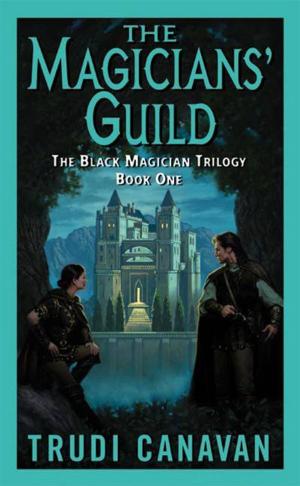| Author: | Wu Cheng-en | ISBN: | 1230000104397 |
| Publisher: | nse | Publication: | February 4, 2013 |
| Imprint: | Language: | English |
| Author: | Wu Cheng-en |
| ISBN: | 1230000104397 |
| Publisher: | nse |
| Publication: | February 4, 2013 |
| Imprint: | |
| Language: | English |
“Nothing in this world is difficult, but thinking makes it seem so. Where there is true will, there is always a way.”
Journey to the West
Journey to the West is one of the Four Great Classical Novels of Chinese literature. It was written by Wu Cheng'en in the 16th century during the Ming Dynasty. In English-speaking countries, the tale is also often known simply as Monkey. This was one title used for a popular, abridged translation by Arthur Waley. The Waley translation has also been published as Adventures of the Monkey God, Monkey: Folk Novel of China, and The Adventures of Monkey, and in a further abridged version for children, Dear Monkey.
The four protagonists of the story, from left to right: Sun Wukong, Tang Sanzang, Zhu Bajie, and Sha Wujing.
The novel is a fictionalised account of the legendary pilgrimage to India of the Buddhist monk Xuanzang, and loosely based its source from the historic text Great Tang Records on the Western Regions and traditional folk tales. The monk travelled to the "Western Regions" during the Tang Dynasty, to obtain sacred texts. The bodhisattva Avalokiteśvara, on instruction from the Buddha, gives this task to the monk and his three protectors in the form of disciples namely Sun Wukong, Zhu Bajie and Sha Wujing together with a dragon prince who acts as Xuanzang's steed, a white horse. These four characters have agreed to help Xuanzang as an atonement for past sins.
Journey to the West has a strong background in Chinese folk religion, Chinese mythology and value systems; the pantheon of Taoist immortals and Buddhist bodhisattvas is still reflective of some Chinese religious beliefs today. Enduringly popular, the tale is at once an adventure story, a spring of spiritual insight, and an extended allegory in which the group of pilgrims journeying toward India represents individuals journeying towards enlightenment.
“Nothing in this world is difficult, but thinking makes it seem so. Where there is true will, there is always a way.”
Journey to the West
Journey to the West is one of the Four Great Classical Novels of Chinese literature. It was written by Wu Cheng'en in the 16th century during the Ming Dynasty. In English-speaking countries, the tale is also often known simply as Monkey. This was one title used for a popular, abridged translation by Arthur Waley. The Waley translation has also been published as Adventures of the Monkey God, Monkey: Folk Novel of China, and The Adventures of Monkey, and in a further abridged version for children, Dear Monkey.
The four protagonists of the story, from left to right: Sun Wukong, Tang Sanzang, Zhu Bajie, and Sha Wujing.
The novel is a fictionalised account of the legendary pilgrimage to India of the Buddhist monk Xuanzang, and loosely based its source from the historic text Great Tang Records on the Western Regions and traditional folk tales. The monk travelled to the "Western Regions" during the Tang Dynasty, to obtain sacred texts. The bodhisattva Avalokiteśvara, on instruction from the Buddha, gives this task to the monk and his three protectors in the form of disciples namely Sun Wukong, Zhu Bajie and Sha Wujing together with a dragon prince who acts as Xuanzang's steed, a white horse. These four characters have agreed to help Xuanzang as an atonement for past sins.
Journey to the West has a strong background in Chinese folk religion, Chinese mythology and value systems; the pantheon of Taoist immortals and Buddhist bodhisattvas is still reflective of some Chinese religious beliefs today. Enduringly popular, the tale is at once an adventure story, a spring of spiritual insight, and an extended allegory in which the group of pilgrims journeying toward India represents individuals journeying towards enlightenment.















